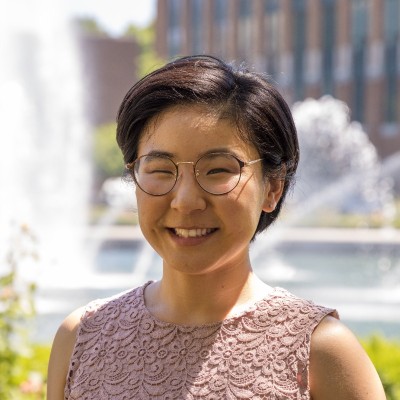Making Biosignal Interfaces Accessible | Momona Yamagami
About This Video
Momona Yamagami, Incoming Assistant Professor, Electrical and Computer Engineering, Rice University presents the Technical Vision Talk on “Making Biosignal Interfaces Accessible”. Biosignal interfaces that use electromyography sensors, accelerometers, and other biosignals as inputs provide promise to improve accessibility for people with disabilities. However, generalized models that are not personalized to the individual’s abilities, body sizes, and skin tones may not perform well. Individualized interfaces that are personalized to the individual and their abilities could significantly enhance accessibility.
In this talk, I discuss how continuous (i.e., 2-dimensional trajectory-tracking) and discrete (i.e., gesture) electromyography (EMG) interfaces can be personalized to the individual. For the continuous task, we used methods from game theory to iteratively optimize a linear model that mapped EMG input to cursor position. For the discrete task, we developed a dataset of participants with and without disabilities performing gestures that are accessible to them. As biosignal interfaces become more commonly available, it is important to ensure that such interfaces have high performance across a wide spectrum of users.
In This Video

Assistant Professor at Rice University Electrical & Computer Engineering
Momona will be an Assistant Professor at Rice University Electrical & Computer Engineering starting summer 2023 as part of the Digital Health Initiative. Her research focuses on modeling and enhancing human-machine interaction (HMI) to support accessibility and health using biosignals and control theory applied to the field of HCI (human-computer interaction). I am currently a CREATE postdoctoral scholar at the University of Washington in Seattle, WA, advised by Prof. Jennifer Mankoff.
Momona’s dissertation research leveraged control theory methods to model and enhance continuous HMIs and explore biosignals like electromyography (EMG) as accessible machine inputs for people with and without disabilities. Her current research interests include how multi-input biosignals can improve HMI accessibility for new and emerging technology like virtual reality and support the health of people with disabilities.

